How Much Does It Cost to...
- Mon to Fri: 09:00 am to 07:00 pm
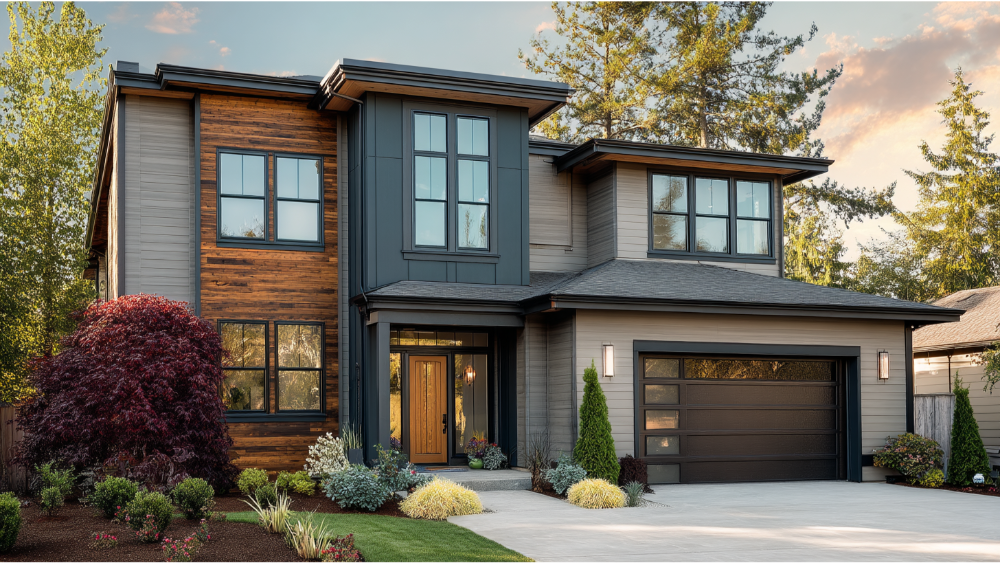
If you’re a homeowner in Northern California looking to boost your curb appeal and protect your home’s exterior, engineered wood siding is a product worth serious consideration. With the look of traditional wood and the added benefits of modern engineering, this siding material delivers the perfect balance of performance, durability, and beauty. Whether you’re remodeling or building new, this guide will walk you through everything you need to know about engineered wood, how it compares to other options like vinyl and fiber cement, and why it’s quickly becoming a favorite among builders and homeowners alike. stability, popularity, easily
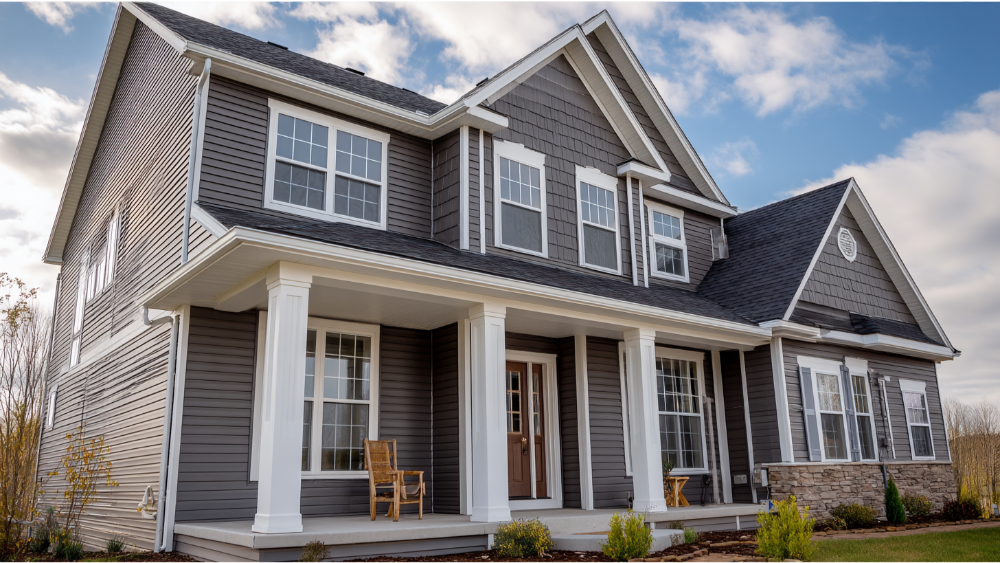
Engineered wood siding is made by combining wood strands, fibers, and resins into a dense, highly durable board. The wood is compressed, treated, and shaped into various styles of siding, including lap siding, panel siding, and cedar texture finishes. These products are often primed and ready for painting or come pre-finished in a variety of color options.
What makes engineered wood unique is how it retains the warm, natural textures of real wood while offering increased resistance to moisture, insects, and rot. This is achieved through a high-performance manufacturing process that includes pressure treatment, sealing, and the use of waxes and protective binders.
Brands like LP SmartSide are industry leaders in this space, known for products that combine durability with style. LP’s SmartGuard treatment protects against termites, mildew, and damage from harsh weather conditions.
When it comes to selecting the right exterior finish for your home, it’s important to compare engineered wood with other popular choices like vinyl, fiber cement, and traditional wood.
Traditional wood siding is valued for its natural appearance, but it requires frequent maintenance and is susceptible to rot, insects, and moisture. Engineered wood, by contrast, mimics the beauty of wood while being more durable, cost effective, and easier to maintain.
Vinyl siding is popular due to its low maintenance and lower cost, but it often lacks the high-end look of real wood. It can also become brittle over time, especially in cold climates. Engineered wood offers a smoother, more natural appearance, better impact resistance, and a broader range of textures and widths.
Fiber cement siding, such as James Hardie products, is known for its fire resistance and long lifespan. However, it is heavier, harder to install, and more expensive. Engineered wood provides a lighter, more flexible alternative that is easier to cut with standard tools, resulting in faster installation and potential savings.
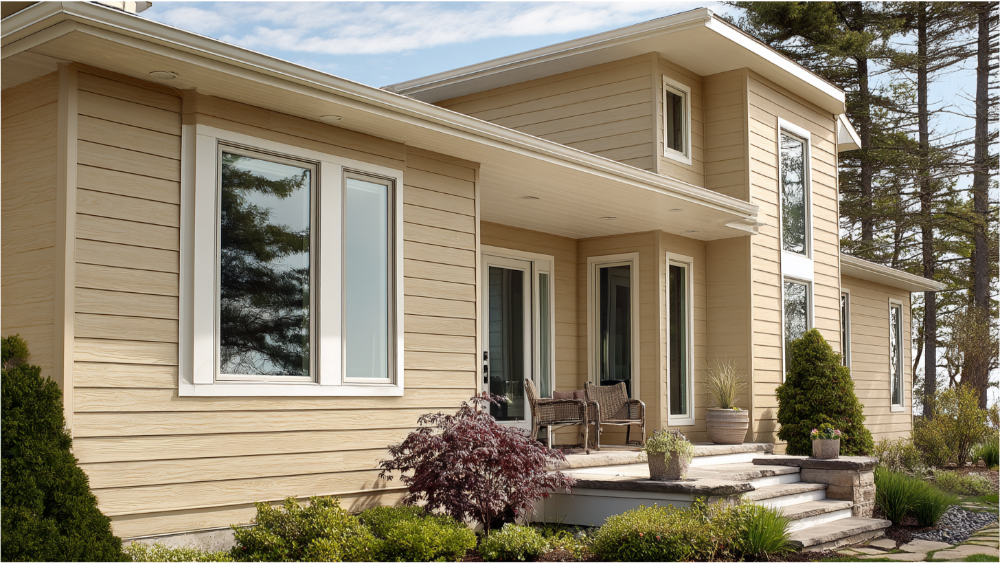
Thanks to realistic cedar texture patterns and a variety of color options, engineered wood delivers a high-end, real wood look that enhances any home’s design. Whether you’re going for a classic or modern appearance, you can achieve it with the right product.
One of the biggest benefits of engineered wood is its ability to withstand harsh elements, including intense sun, seasonal rains, and high winds. It holds up well to moisture, resists mildew, and is treated to prevent insect and termite damage.
Engineered wood is lighter than fiber cement, making it easier to install and work with. Builders appreciate that it can be cut using standard tools, and homeowners love that it reduces installation time and labor costs.
Engineered wood is made using sustainable forestry practices and incorporates recycled wood materials. This leads to less waste and a smaller carbon footprint, making it a smart choice for green building projects.
With options including lap siding, vertical panels, cedar texture, and smooth finishes, there’s a style to suit every architectural design. It can also be paired with trim in contrasting colors for added curb appeal.
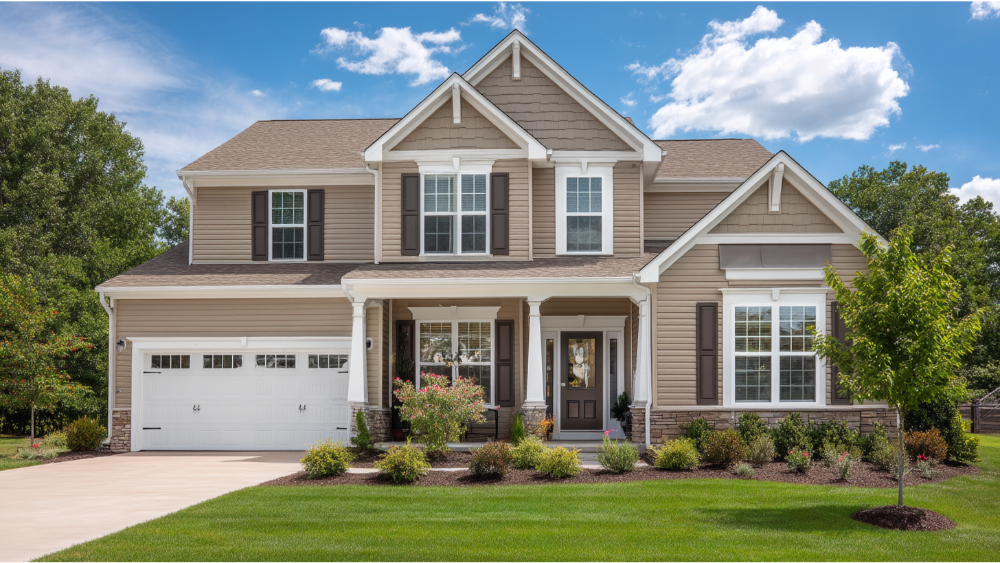
While engineered wood requires less maintenance than traditional wood, it does need to be repainted or restained every 5 to 10 years to preserve its color and protect against moisture.
If not properly installed, engineered wood can be susceptible to moisture intrusion. That’s why installation by a certified professional is crucial. Proper flashing, trim, and spacing are essential to ensure long-term performance.
Fiber cement siding can last 40 years or more, while engineered wood typically lasts 20 to 30 years. That said, with proper care, the lifespan of engineered wood can be extended significantly.
Want help deciding? Contact us for a free consultation and we’ll help match you with the right siding product for your home.
Most engineered wood products, including LP SmartSide, come with 25 to 50-year limited warranties. These warranties cover issues like rot, insect damage, and structural failure. The long lifespan, when combined with relatively low maintenance requirements, makes it a smart long-term investment.
In areas like Rocklin, Sacramento, and the Bay Area, climates can vary dramatically. Engineered wood is built to handle:
The treated panels resist moisture, maintain their color, and hold up to long-term exposure to sun and rain, making them ideal for California’s diverse weather patterns.
In 2025, high-quality engineered wood products like LP SmartSide average $6 to $10 per square foot for materials. That makes it more affordable than fiber cement, which ranges from $10 to $12 per square foot.
Because the product is lighter and easier to handle, installation is typically faster and more affordable. Fewer seams and larger board widths mean fewer cuts and less labor.
Engineered wood siding offers excellent value by improving your home’s curb appeal, lowering initial installation costs, and reducing future maintenance. It’s a cost effective solution with high return on investment.
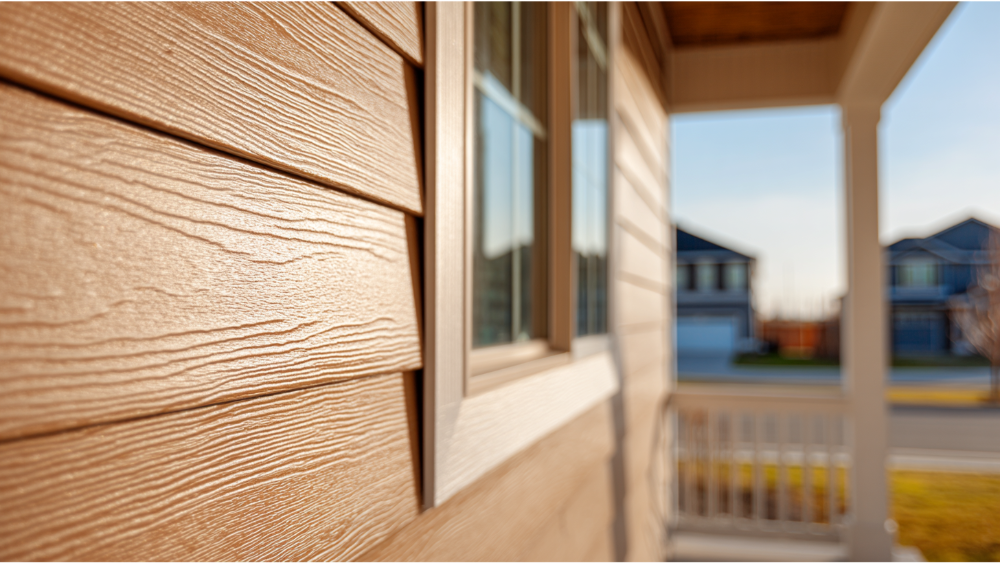
At Pro Superior Construction, we proudly offer products from LP, particularly the LP SmartSide line. Here’s why:
We’re not just siding contractors, we’re your partners in transforming your home’s exterior. Here’s what you can expect when you work with our team:
Our team uses only the best products, proven tools, and trusted processes to deliver stunning results for every project.
No siding is completely waterproof, but engineered wood is highly moisture resistant when installed correctly and maintained.
Yes. Whether primed or pre-finished, engineered wood should be repainted every 5 to 10 years to maintain protection and vibrant color.
Engineered wood has some fire resistance, but fiber cement is a better choice for high-risk areas due to its non-combustible makeup.
Yes. Its lighter weight and flexible widths make it ideal for modular and mobile home applications.
LP SmartSide offers limited warranties up to 50 years, covering fungal decay, rot, and insect damage, provided the installation follows manufacturer guidelines.
If you’re seeking a durable, stylish, and cost effective way to update your home’s exterior, engineered wood siding is an excellent choice. It brings together the beauty of real wood with the performance of modern manufacturing, giving you peace of mind, visual appeal, and long-term value.
Discover how Pro Superior Construction can help you transform your home with expert installation of LP SmartSide and other trusted siding materials. Get started today.